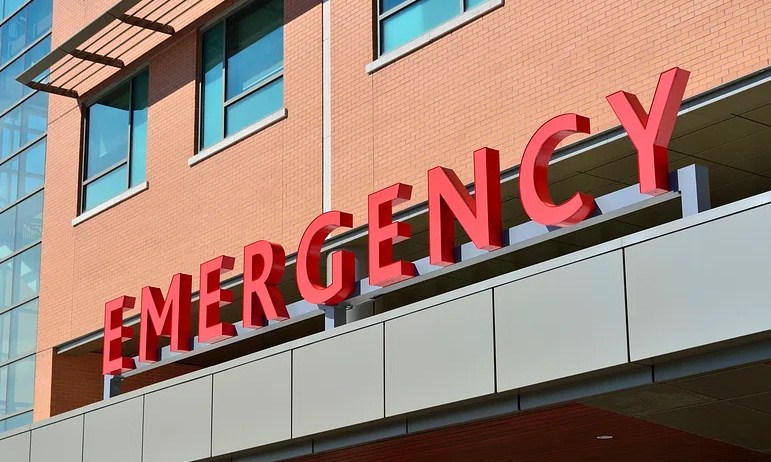A statewide addiction recovery group in Georgia is urging the state government to install overdose reversal kits in every public building, as part of its efforts to combat the opioid crisis. The group, Georgia Association of Recovery Residences (GARR), said that the kits, which contain the medication naloxone, could save lives and reduce stigma around addiction.
The Need for Naloxone
Naloxone is a drug that can reverse the effects of an opioid overdose, such as respiratory depression, unconsciousness, and death. It can be administered by anyone, even without medical training, through a nasal spray or an injection. According to the Centers for Disease Control and Prevention (CDC), naloxone was used to reverse more than 26,000 overdoses in the U.S. between 1996 and 2014.
However, naloxone is not widely available or accessible to the public, especially in rural areas where opioid overdose rates are higher. Some barriers include cost, lack of awareness, legal restrictions, and stigma. GARR believes that placing naloxone kits in every government building, such as libraries, schools, courthouses, and police stations, would increase the chances of saving lives and encourage people to seek help for their addiction.
The Benefits of Naloxone
GARR’s executive director, Jim Seckman, said that naloxone kits are not only a life-saving measure, but also a harm reduction strategy. He said that naloxone can help prevent brain damage, organ failure, and other complications from an overdose, as well as reduce the risk of infectious diseases from sharing needles. He also said that naloxone can be a catalyst for recovery, as it can motivate people to enter treatment after surviving an overdose.

Seckman also pointed out the benefits of naloxone for the community and the economy. He said that naloxone can reduce the burden on emergency services, health care systems, and law enforcement, as well as the costs associated with overdose deaths, such as funeral expenses, lost productivity, and social services. He also said that naloxone can foster a culture of compassion and support for people with substance use disorder, rather than criminalization and discrimination.
The Challenges of Naloxone
Despite the evidence and the advocacy for naloxone, there are still some challenges and opposition to its widespread distribution and use. Some critics argue that naloxone may encourage drug use, as it may reduce the fear of overdose and the consequences of addiction. However, research has shown that naloxone does not increase drug use or decrease treatment enrollment, but rather has the opposite effect.
Another challenge is the legal and regulatory framework around naloxone. Although the U.S. Food and Drug Administration (FDA) has approved naloxone for over-the-counter use, some states still require a prescription or a training program to obtain it. Some states also have laws that protect people who administer naloxone from civil or criminal liability, while others do not. GARR is calling for a uniform and consistent policy across the state and the country to ensure that naloxone is accessible and safe for everyone.
The Future of Naloxone
GARR is not the only organization that is pushing for more naloxone in the public sphere. The White House Office of National Drug Control Policy (ONDCP) recently released a state model law to help make access to naloxone consistent across the country. The model law includes provisions such as allowing anyone to obtain and administer naloxone, providing immunity from liability for naloxone providers and users, and requiring first responders to carry and use naloxone.
The Biden-Harris Administration has also requested $1.5 billion in State Opioid Response grants to strengthen addiction treatment, overdose prevention measures, and recovery support services. These grants would enable states to purchase and distribute more naloxone kits, as well as provide other evidence-based interventions for people with opioid use disorder.
GARR hopes that these initiatives will help turn the tide of the opioid crisis, which has claimed more than 500,000 lives in the U.S. since 1999. The group believes that naloxone is a vital tool in the fight against addiction, and that every government building should have it on hand.

Comments